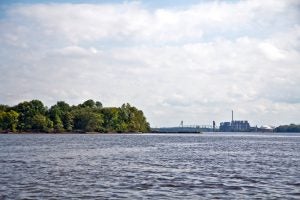The Delaware River’s invisible threats
Hidden beneath what looks, and smells, like much cleaner water are potential new dangers like plastics, pharmaceuticals and the impacts of climate change.
More than forty-five years after the passage of the Clean Water Act, the Delaware River has gone from being an eyesore and a hazard to a recreational draw. Whether it’s kayaking or tubing on the river above Trenton or attending a jazz festival near Penn’s Landing in Philadelphia, the river attracts crowds that would have been unthinkable a few decades ago.
Many younger visitors don’t even remember a time when the Delaware Waterfront was anything but a destination.
“When I think about the Delaware River, I’m normally just thinking about it as where the waterfront is,” said Camden resident Sean Brown on a recent Saturday afternoon, as he took his two young children on a ferry ride across the river.
“So where a lot of the nice stuff in Camden is,” he said, “and in Philadelphia, like Penn’s Landing.”
And it isn’t just visitors looking for beer, music, and fun along the banks of the river. Today, fishermen are able to catch fish on the Delaware in sections that were once considered dead zones, with little or no oxygen in the water to support aquatic life. Bird watchers and nature lovers can spot blue heron and bald eagles up and down the river.

The high-hanging fruit: Pharmaceuticals, personal care products, pesticides, herbicides
But former regional EPA director Richard Pepino warns that there are still serious challenges to water quality. We just don’t see them.
“We’ve grabbed all the low hanging fruit in that period ‘72 to ‘82,” he said. “A lot of the reasons we didn’t want to be on the river were eliminated. And so the fruit that are out there now are smaller and trickier.”
Pepino worked at the EPA for some 25 years. He spent most of them enforcing the Clean Water Act. But now, he is concerned about threats the law doesn’t address.
“I worry about things that are hard to measure like pharmaceuticals, personal care products, things that run off with stormwater — pesticides or herbicides.”
Those are called “non-point source” pollutants, meaning they don’t come from a single polluter, like a chemical company or wastewater treatment plant. Instead, they come from lots of sources — including many of us.
The Clean Water Act doesn’t address non-point source pollutants. To do so, it would need amendments, and the last time the law was significantly amended was 1987.
“I got a 1987 telephone I want to sell to you,” Pepino said. “Or how about a 1987 camera. You want that? But yet we try to manage today’s problems with a law that hasn’t been changed since 1987.”

Lawmakers weren’t even thinking about pharmaceuticals in the water in 1987, mostly because we didn’t have the technology to detect them. But they were probably there then too because most of them come from us.
Our bodies don’t absorb some 30 to 90 percent of the drugs we take. What isn’t absorbed passes through our bodies as waste, going down the toilet and to the treatment plant with every flush. Dumping excess or leftover medication down the toilet or sink also contributes to their presence in our streams, as does runoff from livestock waste, which can contain antibiotics and other drugs.
The Clean Water Act only requires plants to disinfect incoming waste, so most are not equipped to remove pharmaceuticals. To do that, plants would need to install hi-tech systems like reverse osmosis or ozonation.
Even then, there isn’t a one-size-fits-all removal process for pharmaceuticals, which is why Julie Becker of the University of the Sciences in Philadelphia says massive plant renovations probably aren’t going to happen.
“Any time you upgrade a municipal plant it’s going to cost a lot of money,” Becker said, “and there has to be both political will and social need with which to do this. In the current climate, I think we don’t have either one of those.”
The traces of pharmaceuticals in the Delaware are very low — like a grain of sand in an Olympic size swimming pool. And so far, those levels don’t put humans at risk. But the story is different when it comes to wildlife.
“We’re seeing, for example, male fish changing over to become female fish,” she said, “and this has to do more with the hormone kinds of things from both birth control, from thyroid medicine, some of the lipids. All of these have hormonal effects.”
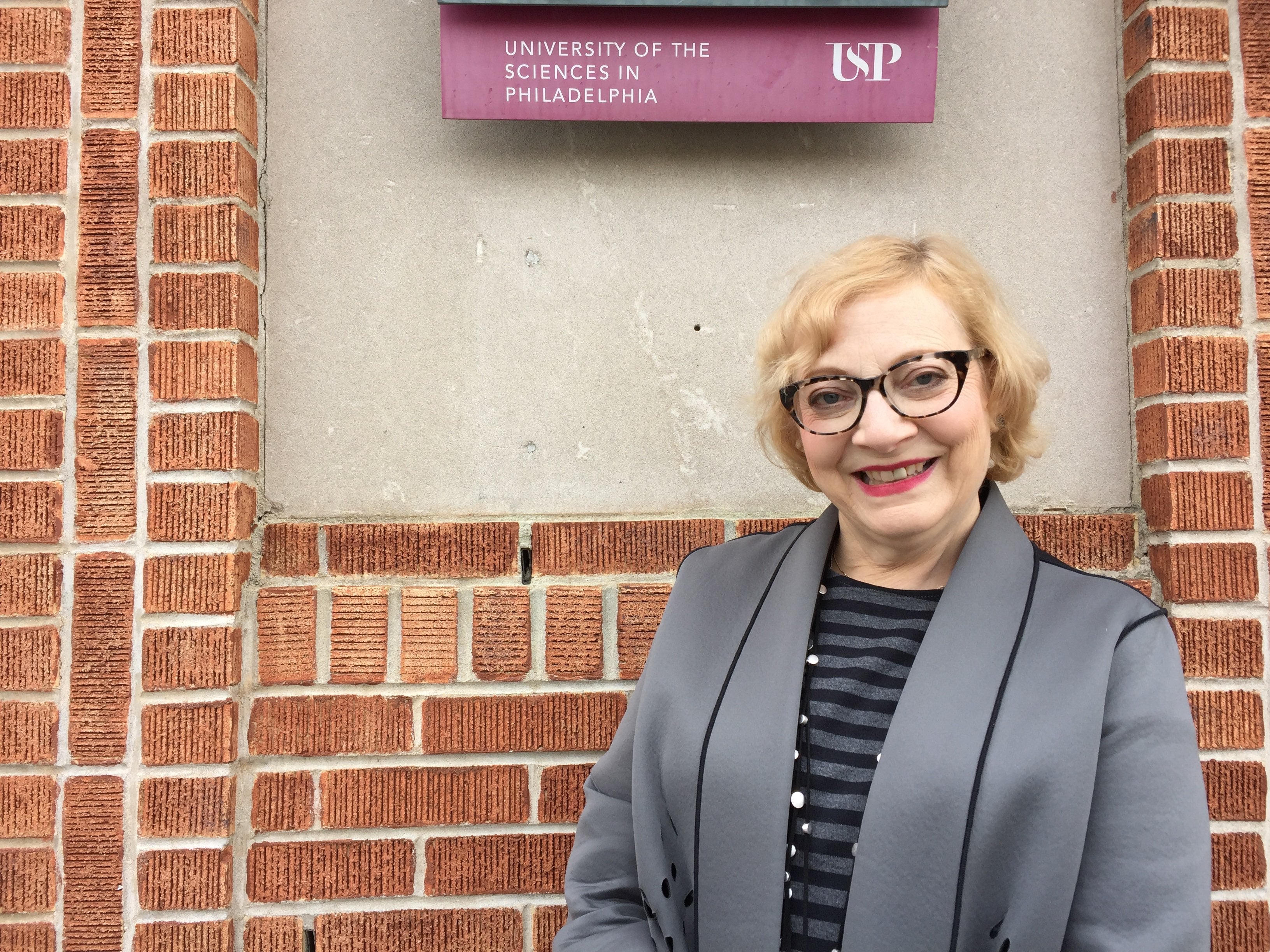
PFAS and Plastics, emerging contaminants
Like pharmaceuticals, chemicals known as “PFAS,” an acronym for per- and polyfluorinated alkyls, are also showing up in fish tissue. The chemicals help make products heat- or stain-resistant and are found in things like fire-fighting foam, flame retardants and non-stick cookware. Scientists are still studying the health effects on fish, wildlife and humans to understand the risks these chemicals pose. In the meantime, the federal government doesn’t regulate them.
Unlike pharmaceuticals and PFAS, two emerging contaminants the naked eye cannot see, there is another very visible threat to water quality that no one was thinking about in 1972:
Plastic bottles.
“When I started in ‘82 you never saw the plastic bottles,” said Philadelphia Water Commissioner Deb McCarty.
Now, she sees tons of them. “It’s so wasteful,” she said.
Those plastic water and soda bottles often get tossed on the ground, at which point stormwater can pick them up and wash them down the sewer. Because cities like Philadelphia and Camden have a combined sewer system, those plastic bottles — along with plastic straws, bags, and even tampon applicators — either end up at the sewage treatment plant, or they get washed into the river during an unusually heavy rain event.
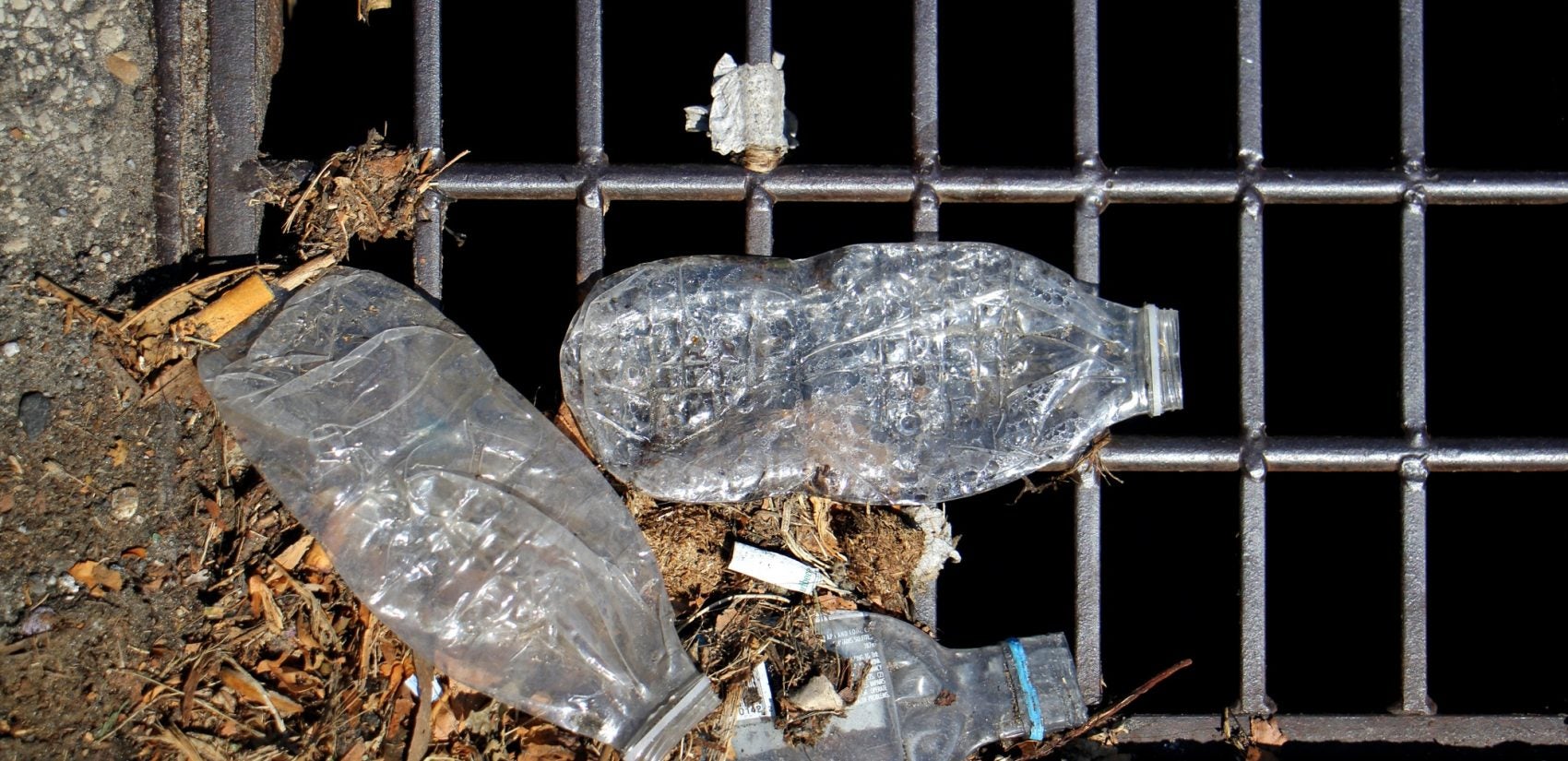
The ones that end up in the river flow toward the ocean, get degraded into tiny pieces called microplastics and are eaten and absorbed by fish. Some of these microplastics even come from toothpaste and cosmetics. Glittery toothpaste? Luminescent lotion? Those sparkly bits probably come from microplastics.
Scientists have just begun to study the impacts of plastics, but treatment plants are not set up to catch or remove them, so they end up back in the river, where they can be consumed by plankton and other marine life.
And it’s not just the particulate matter, whether it’s microscopic amounts of pharmaceuticals or tiny bits of plastics, that has researchers and regulators worried.
One of the greatest threats to river health exists outside of the river’s waters:
Climate change.
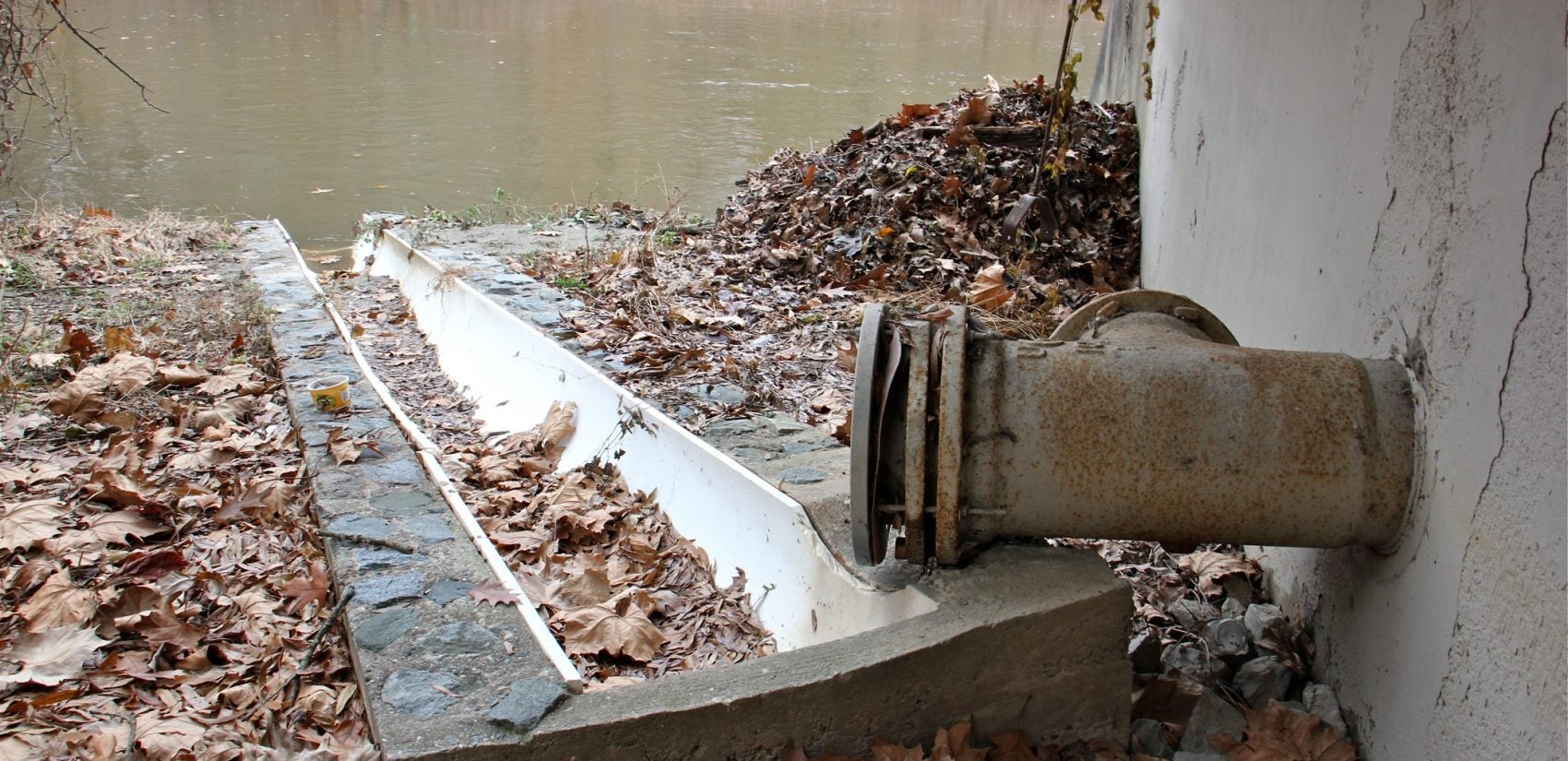
Could global warming reverse progress on the river?
Few people thought about global warming or understood its potential impact in 1972. Today, researchers say it could undermine much of the progress in the health of the Delaware that has been made in the past few decades.
“We need to be preparing for floods that we haven’t seen before, and also droughts we haven’t seen before,” said Carol Collier, senior advisor of watershed management at the Academy of Natural Sciences.
She said heavier rain events and floods could overwhelm the current sewage treatment plants and send raw sewage into the river.
Rising seas could move saltwater from the Atlantic farther up the Delaware River, possibly reaching the drinking water intakes near the Torresdale section of Philadelphia.
Global warming also means warmer rivers, and warmer rivers hold less dissolved oxygen, which puts a strain on aquatic life.

Ammonia, a natural byproduct of large scale wastewater treatment, is also threatening dissolved oxygen levels. Our waste contains ammonia, which depletes dissolved oxygen in streams, but wastewater treatment plants do not treat for ammonia specifically.
“So we’re seeing that they would have to change their method of treatment in order to reduce that ammonia,” Collier said. “Some of that can be done, and they can get lower than they are now. But to get to the really low standards they would they would have to put a lot of money and changes into the plant.”
Collier said all these factors could hurt the recently restored fish and mussel populations in the Delaware, including the sturgeon which have just starting to spawn in the river.
“There’s 70 species of fish now in the Delaware Estuary up by Philadelphia,” she said. “That’s huge. Philadelphia used to be the caviar capital of the United States. Isn’t that incredible?”
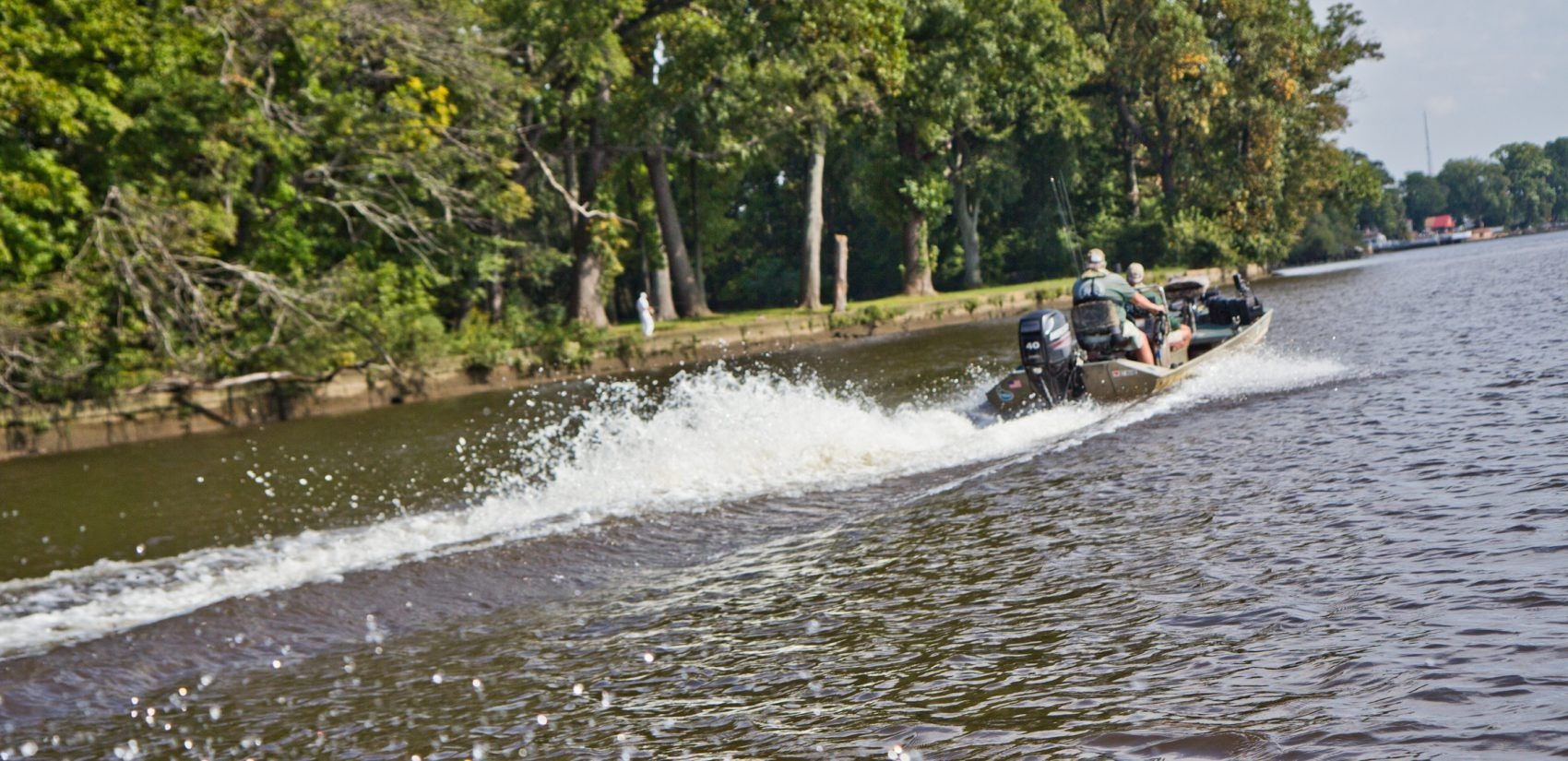
In the early 1970s, a nascent environmental movement led to bipartisan support for regulation and funding projects that helped clean up waterways, the air, and our drinking water.
But Collier said she doesn’t see that kind of political momentum today at the federal level, especially when it comes to preparing for future challenges. Read more about what the Trump Administration is doing to roll back water protections.
“I think that change has got to come more from the bottom to the top right now,” she said.
That means local municipalities and states will have to step up and take the lead, she said, which will require local leaders to think ahead. That can be hard, especially without a clear funding source to fix problems that will likely be expensive. But Collier said waiting to act, particularly in a case like global warming, will likely harm not only the river and surrounding ecosystem, but also the people who inhabit it.
Read more:
- The Delaware River before and after the Clean Water Act
- Which streams in the Delaware Watershed are too dirty for swimming and fishing?
- Changes in water regulations under the Trump Administration
Darryl C. Murphy contributed to this report.
WHYY is your source for fact-based, in-depth journalism and information. As a nonprofit organization, we rely on financial support from readers like you. Please give today.


